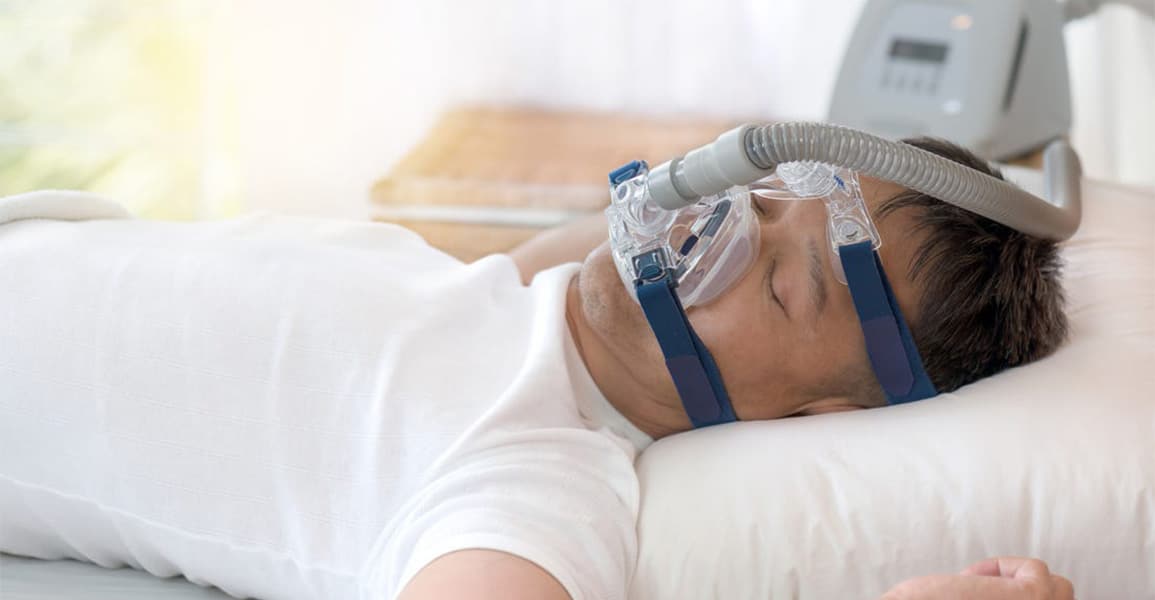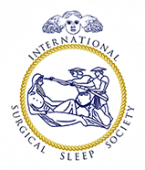Continuous positive airway pressure was introduced by an Australian Respiratory Physician in the 1970s. It completely redefined both the study and treatment of sleep related problems.
Although OSA is due to a combination of unique issues in an individual patient, the final common feature is that the airway collapses at sleep. This causes a reduction or complete stoppage in breathing.
CPAP is able to reverse this collapse by using air through a mask to splint open the airway when you breathe.
CPAP is applied through a mask. The mask may cover the whole nose and mouth, just the nose or even sit in the front part of the nose. The mask is winstrol for sale online attached to tubing which in turn runs into a small machine which sits next to the bed. The machine is quiet (much quieter than snoring!), often portable and relatively easy to maintain.
CPAP is the first line of treatment and I encourage all of my patients to trial it. This may be the only treatment needed (apart from weight loss and lifestyle modifications). However, it is not a workable solution for many people. To get the best out of your CPAP, I recommend that the device is started in conjunction with a Sleep Clinician. This is because other medical issues may need to be identified and treated, to guide you through start up and to miminise the problems that can be encountered with CPAP.
Common problems include excessive belching or flatulence, dry nose or mouth and pressure effects on the skin. Some people feel claustrophobic with the mask. Many of these issues can be worked around and patients go on to have satisfying a sleep-restoring use of CPAP.
Prior to review by a Sleep Clinician, you will undergo a sleep test. This gives an idea of how restricted your breathing is at night, and is important to direct what managament options are available to you.







